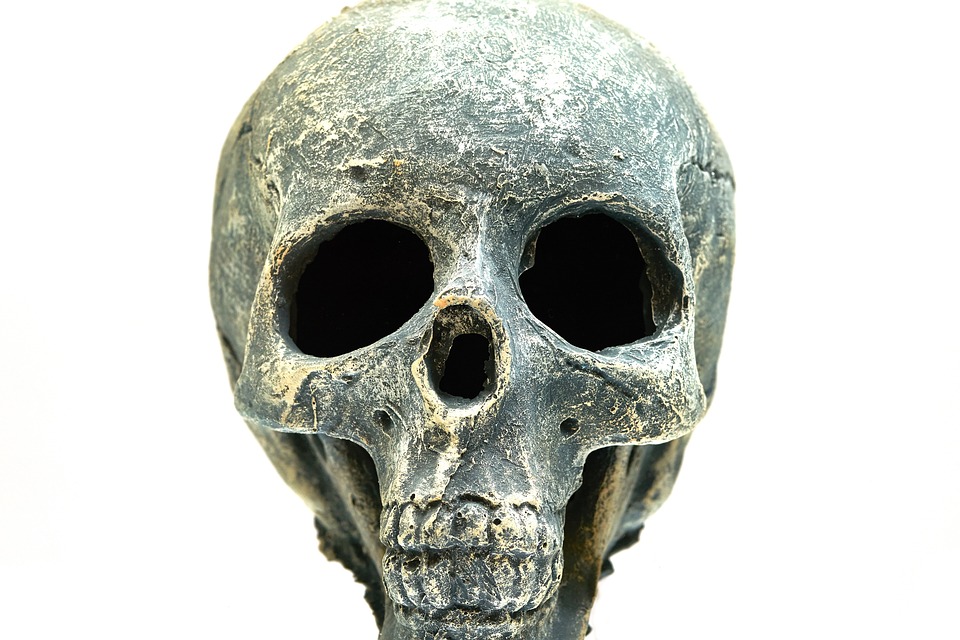The Mysterious World of Womb Position: Separating Fact from Fiction
The human body is full of mysteries, and one of the most fascinating is the positioning of the womb, or uterus, within the abdominal cavity. For centuries, people have been curious about the exact location and movements of this vital organ, with many myths and legends surrounding its behavior. In this article, we’ll delve into the facts and fiction surrounding the mysterious world of womb position.
Where is the Womb Located?
The uterus is a muscular, pear-shaped organ located in the pelvis, about 2-3 inches (5-7.5 cm) deep. It’s anchored to the pelvis by fibrous ligaments and sits above the bladder and below the intestines. The cervix, the lower part of the uterus, opens into the vagina.
Fact or Fiction: Does the Womb Move?
One of the most common myths surrounding the womb is that it moves around freely within the abdominal cavity. In reality, the uterus is attached to the pelvis and is relatively fixed in place, although it can move slightly during pregnancy. As the uterus grows and expands, it can rotate and move upward and backward, but this movement is not the result of a wandering womb.
Why the Myth?
The idea of a wandering womb, also known as "hysteria," dates back to ancient Greece. The Greek physician Hippocrates described the uterus as a "wandering, wandering womb" that could move about the abdominal cavity, causing women to experience symptoms such as dizziness, nausea, and even fits of madness. This myth likely arose from the fact that women were often associated with the reproductive cycle and childbearing, and the uterus was seen as a symbol of femininity and motherhood.
Other Interesting Facts About the Womb
- Womb size: The uterus is capable of expanding to fit a growing fetus, and its size can increase up to 500 times during pregnancy.
- Womb flexibility: The uterus is a muscular organ, which allows it to stretch and contract to accommodate the growing fetus.
- Womb position: Although the uterus is relatively fixed in place, it can move slightly during pregnancy, and some women may experience discomfort or pain as a result.
- Womb development: The uterus develops from the fusion of two tubes, called Müllerian ducts, during fetal development.
FAQs
Q: Is the myth of the wandering womb still believed today?
A: While the myth is largely discredited, some people may still believe in its validity.
Q: Can the womb move around freely within the abdominal cavity?
A: No, the uterus is attached to the pelvis and is relatively fixed in place, although it can move slightly during pregnancy.
Q: Can the position of the womb affect pregnancy or childbirth?
A: In rare cases, a uterus that is not in its normal position (called uterine malposition) can cause complications during pregnancy or childbirth.
Q: Can stress or anxiety affect the position of the womb?
A: No, there is no scientific evidence to support the idea that stress or anxiety can cause the womb to move or change its position.
[Image: An illustration of the uterus and its relationship to the surrounding organs]
Conclusion
The mysterious world of womb position is a fascinating topic that has captured the imagination of people for centuries. By separating fact from fiction, we can gain a better understanding of this vital organ and its role in human reproduction. Remember, the womb is a remarkable and vital part of the female reproductive system, and its position is determined by a complex interplay of anatomy and physiology.



